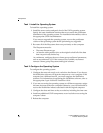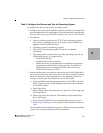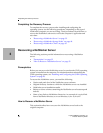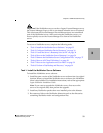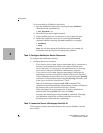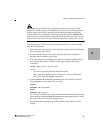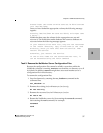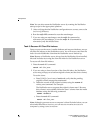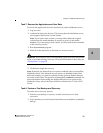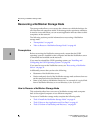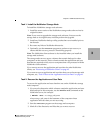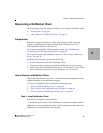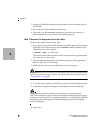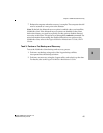
Legato NetWorker, Release 7.0
Disaster Recovery Guide
3
Prerequisites
38
Note: You can also restart the NetWorker server by running the NetWorker
startup script for the appropriate platform.
5. After verifying that the NetWorker configurations are correct, remove the
/nsr/res.orig directory.
6. Run the nsrjb -HE command to reset the autochanger.
7. If you are using an autochanger, run the nsrjb -Iv command to
reinventory the autochanger; or run the nsrjb -Iv -S command to
reinventory only the affected slots.
Task 6: Recover All Client File Indexes
Once you recover the server’s media database and resource database, recover
all client file indexes on the NetWorker server. You will recover one client file
index for each NetWorker client that the NetWorker server backed up.
Note: Because a NetWorker server always has the NetWorker client installed,
this task includes recovering the client file index for the NetWorker server.
To recover all client file indexes:
1. Enter the nsrck -L7 command:
nsrck -L7 client_name
2. If you are using a cloned version of the client file index, the NetWorker
server may prompt you to load an original volume (not the clone volume).
To use the clone:
a. Enter [Ctrl]+[c] to exit out of nsrck and verify that the pending
original volume message has terminated.
b. Delete the records of the original volumes using the nsrmm -d
volume_name command. For example:
The NetWorker server requests the original volume mars.1. Because
this volume is not available, delete the mars.1 volume from the media
database using the following command:
nsrmm -d mars.1
c. Enter the nsrck -L7 command:
nsrck -L7 client_name
Note: Although you must recover a computer’s client file index before you can
select individual files to recover, you can recover an entire save set on a
computer by using a save set recover.



